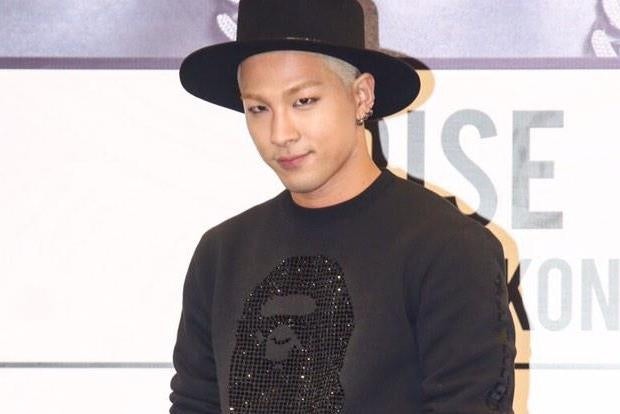
Korean boy band star Taeyang of Big Bang wears a Swarovski-studded shirt by A Bathing Ape. (Weibo/_BBmusic)
Perhaps looking for a boost in China, where it currently operates dozens of stores nationwide, Austrian fashion jewelry maker Swarovski is looking to take advantage of the Korean wave that has long swept East and Southeast Asia.
Taking a cue from luxury brands such as Jimmy Choo and Chloé, which have seen sales booms throughout Asia after cameo appearances on popular Korean television shows, Swarovski has launched collaborations with Korean pop stars to cash in on the “K-pop” craze that’s been sweeping China known also as the “Korean Wave,” or hallyu in Korean.
Last year, Swarovski partnered with the Korean talent agency YG Entertainment— which received an $80 million investment from LVMH in August—to create a special collection inspired by the boy band Big Bang (part of YG’s vast stable of pop groups), and was a sponsor of YG concert tours.
As Hermann Winkler, SVP of Sales in North Asia for Swarovski, told the Korea Herald, the massive popularity of K-pop throughout Asia opens up new possibilities for Western brands. Winkler said, “I think Korea is influencing people in many ways. Celebrity endorsement is opening a new market which hasn’t been there [before].”
Sharing the limelight with K-pop stars is only one part of Swarovski’s strategy in Korea, however. The brand is also looking to cash in as Chinese tourists continue to flood South Korea in search of the cosmetics, luxury brands, fashion, and accessories endorsed by their favorite pop stars or actors.
This year, around 7.2 million Chinese tourists will visit South Korea, up from around 4 million in 2013. In response, Korean retailers and brands have rushed to recruit Mandarin-speaking staff and boost their marketing efforts in mainland China, offering special discounts and perks to lure the legions of tourist-shoppers.
Whether Swarovski will be seen as aspirational enough a brand to able to cash in on this trend remains to be seen, but the jeweler is ahead of the game in terms of collaborations in Korea. Swarovski collaborated with Korean-owned MCM in 2011 and later with Korea-based sportswear brand Fila, and recent partnerships with K-Pop stars could help the brand better crack China’s younger market.
As Swarovski’s Winkler sees it, for Chinese tourist-shoppers, a new TST has emerged, beyond Hong Kong’s Tsim Sha Tsui—Tokyo, Seoul, and Taipei. In response to the more international-facing nature of Chinese traveling shoppers, it’s up to brands to leverage regional (rather than just local) trends and celebrities. For Swarovski, the Korean Wave could be the key.